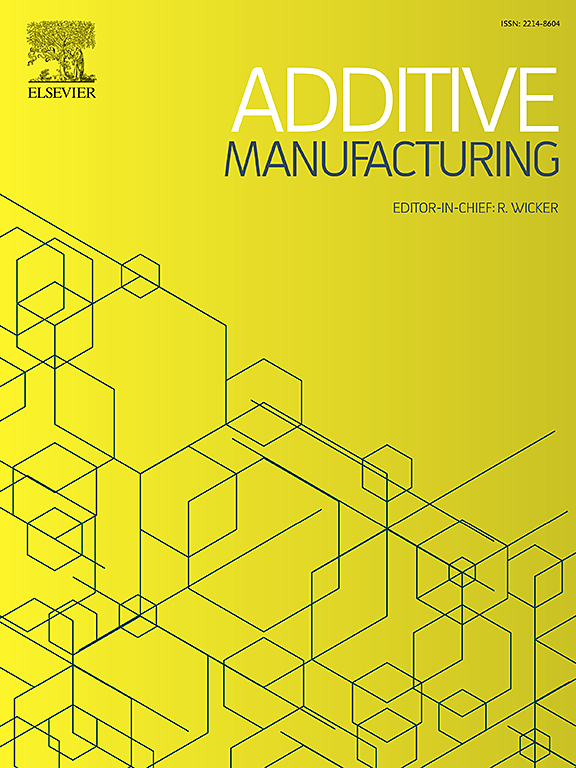The mirror additive manufacturing process for tool-less fabrication of continuous carbon fiber reinforced thermoplastic resin matrix composite
IF 10.3
1区 工程技术
Q1 ENGINEERING, MANUFACTURING
引用次数: 0
Abstract
A mirror additive manufacturing (MAM) process has been proposed, in which dual mutually supported robotic heads simultaneously perform placement and in-situ laser heating curing of thermoplastic prepreg tapes. This approach overcomes the reliance on complex tools in conventional processes, enhancing manufacturing flexibility, cost-efficiency and production efficiency as well as the applicability to special environments such as space, remote areas and disaster zones. The severe instability of temperature and rolling force during the MAM process was effectively addressed by the proposed control strategy combining reinforcement learning with a PID algorithm. Moreover, ply-by-ply decrease in temperature is caused as the cumulative heating effect of the mirror heat sources weakens with the rise of laminate thickness, which is precisely compensated by the proposed temperature stabilization control method, enabling stable temperatures across each ply. Compared with the open-loop MAM system, the stabilization control of temperature and rolling force significantly improves surface quality, reduces internal defects and enhances macro-mechanical performance. The effect of process parameters such as laser power, rolling force and placement speed on surface roughness, internal defects and macro-mechanical characteristics has also been clarified.
求助全文
约1分钟内获得全文
求助全文
来源期刊

Additive manufacturing
Materials Science-General Materials Science
CiteScore
19.80
自引率
12.70%
发文量
648
审稿时长
35 days
期刊介绍:
Additive Manufacturing stands as a peer-reviewed journal dedicated to delivering high-quality research papers and reviews in the field of additive manufacturing, serving both academia and industry leaders. The journal's objective is to recognize the innovative essence of additive manufacturing and its diverse applications, providing a comprehensive overview of current developments and future prospects.
The transformative potential of additive manufacturing technologies in product design and manufacturing is poised to disrupt traditional approaches. In response to this paradigm shift, a distinctive and comprehensive publication outlet was essential. Additive Manufacturing fulfills this need, offering a platform for engineers, materials scientists, and practitioners across academia and various industries to document and share innovations in these evolving technologies.
 求助内容:
求助内容: 应助结果提醒方式:
应助结果提醒方式:


